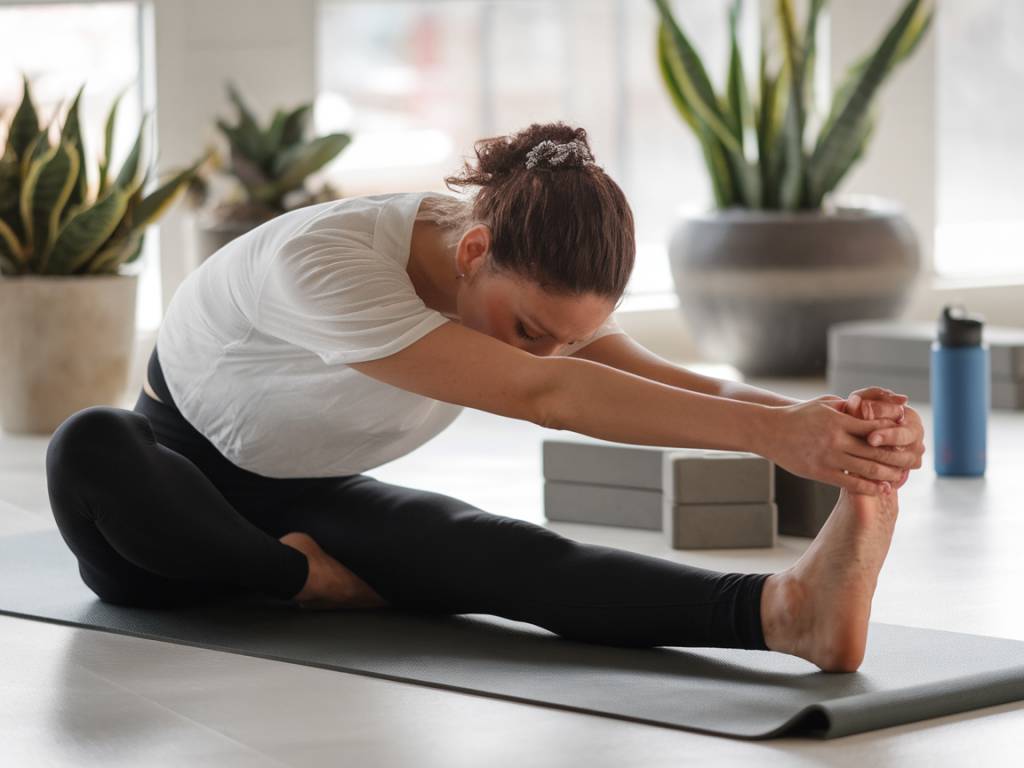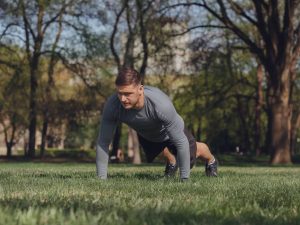Why stretching is essential for flexibility and injury prevention

Why stretching is essential for flexibility and injury prevention
Why Stretching Matters: The Secret to Flexibility and Injury Prevention
When was the last time you stretched? No, really—take a moment to think about it. If it was the obligatory five-second stretch before your morning coffee, you’re not alone. Stretching often gets overlooked, but it’s time to give it the attention it deserves. Whether you’re a seasoned athlete or someone who spends too much time hunched over a desk, stretching is more than just an afterthought. It’s a game-changer for your body and mind.
What Happens When You Stretch?
Stretching is more than touching your toes or rolling your neck around. It’s the gentle pulling and elongating of your muscles, improving their elasticity and increasing joint range of motion. Think of your muscles like rubber bands. A rubber band that’s frequently stretched is more flexible, functional, and less likely to snap.
Not stretching—or doing it improperly—can lead to tighter muscles, restricted flexibility, and, worse, an increased risk of injuries, particularly during physical activities like running, lifting weights, or even bending to tie your shoelaces.
Why Flexibility Is Essential for Your Everyday Life
Flexibility isn’t just something gymnasts or yoga enthusiasts flaunt. It plays a crucial role in maintaining a solid foundation for health and mobility. Here’s how:
- Better Posture: Do you catch yourself slumping while sitting or standing? Stretching can counteract the muscle tightness that pulls your body out of alignment.
- Enhanced Mobility: Ever struggled to crouch down or reach for something high on a shelf? Flexibility allows a greater range of motion in your joints, making everyday movements easier and more efficient.
- Reduced Muscle Pain: Chronic tension in muscles can lead to discomfort, especially in the back, neck, and shoulders. Stretching provides immediate relief, loosening those knots before they cause bigger issues.
Stretching as Your Injury Prevention Toolkit
We’ve all heard stories of someone pulling a hamstring while sprinting or tweaking their back during a workout. These are classic examples of what happens when muscles and joints aren’t properly prepared.
Dynamic stretching (more on this later) warms up your body, gets blood flowing to your muscles, and preps you for activity by loosening tight areas. Post-exercise stretching, meanwhile, helps your body cool down and reduces the risk of muscle soreness the next day. Who wouldn’t want to wake up feeling limber instead of stiff as a board?
The Different Types of Stretching and When to Use Them
Stretching isn’t one-size-fits-all, and knowing the right type for the right occasion can make all the difference. Here’s a simple breakdown:
- Dynamic Stretching: Think active movements like walking lunges, arm circles, or leg swings. These stretches are ideal as a warm-up before a workout as they mimic the motions you’ll perform during exercise.
- Static Stretching: Picture holding a pose like a hamstring stretch or a quad pull for 20-30 seconds. These are great for post-exercise recovery to help release built-up tension in your muscles.
- PNF (Proprioceptive Neuromuscular Facilitation): This fancy term describes a stretch technique that involves contracting and relaxing the muscles. It’s highly effective for improving flexibility but usually requires a partner or a bit of guidance.
How to Build a Stretching Routine
Ready to embrace the stretch life? Here’s how to incorporate it into your daily routine without feeling overwhelmed:
- Morning Warm-Up: Start your day with 5-10 minutes of light, dynamic stretches to wake up your muscles. Think cat-cow stretches for your spine or standing side stretches for your torso.
- Pre-Workout Prep: Always dedicate time to dynamic stretching before exercising. For instance, try hip openers before a run or shoulder circles before weightlifting.
- Post-Workout Recovery: Wind down your workout sessions with static stretches that target the muscles you’ve just worked out, such as a quad stretch after cycling or a glute stretch after squats.
- Desk Breaks: If you’re at a desk job, commit to standing and stretching every hour. Do neck rolls, seated spinal twists, or even a quick forward fold to keep your body from stiffening up.
A Few Common Stretching Myths Debunked
Think you know everything about stretching? Here are a few myths that might surprise you:
- “Stretching before exercise prevents all injuries.” While stretching can lower the risk, it doesn’t make you invincible. Proper form and adequate strength training are equally important.
- “If it doesn’t hurt, it’s not working.” Wrong! Stretching should feel like a gentle pull, not pain. Pushing too hard can cause more harm than good.
- “You only need to stretch if you’re an athlete.” Not at all! Everyone benefits from stretching, whether you’re climbing a mountain or climbing into a comfy chair.
Small Steps for Big Results
If the idea of stretching daily feels overwhelming, start small. Dedicate just five minutes a day. Gradually, you’ll notice improvements—not just in flexibility but also in your overall sense of well-being. Your body will thank you every time you get up, move effortlessly, and dodge those stiff, achy muscles that so often slow us down.
So, roll out your mat, set a timer, and give your muscles the care they deserve. After all, a few minutes of stretching today can mean years of better mobility, fewer injuries, and more graceful movement in the future.






